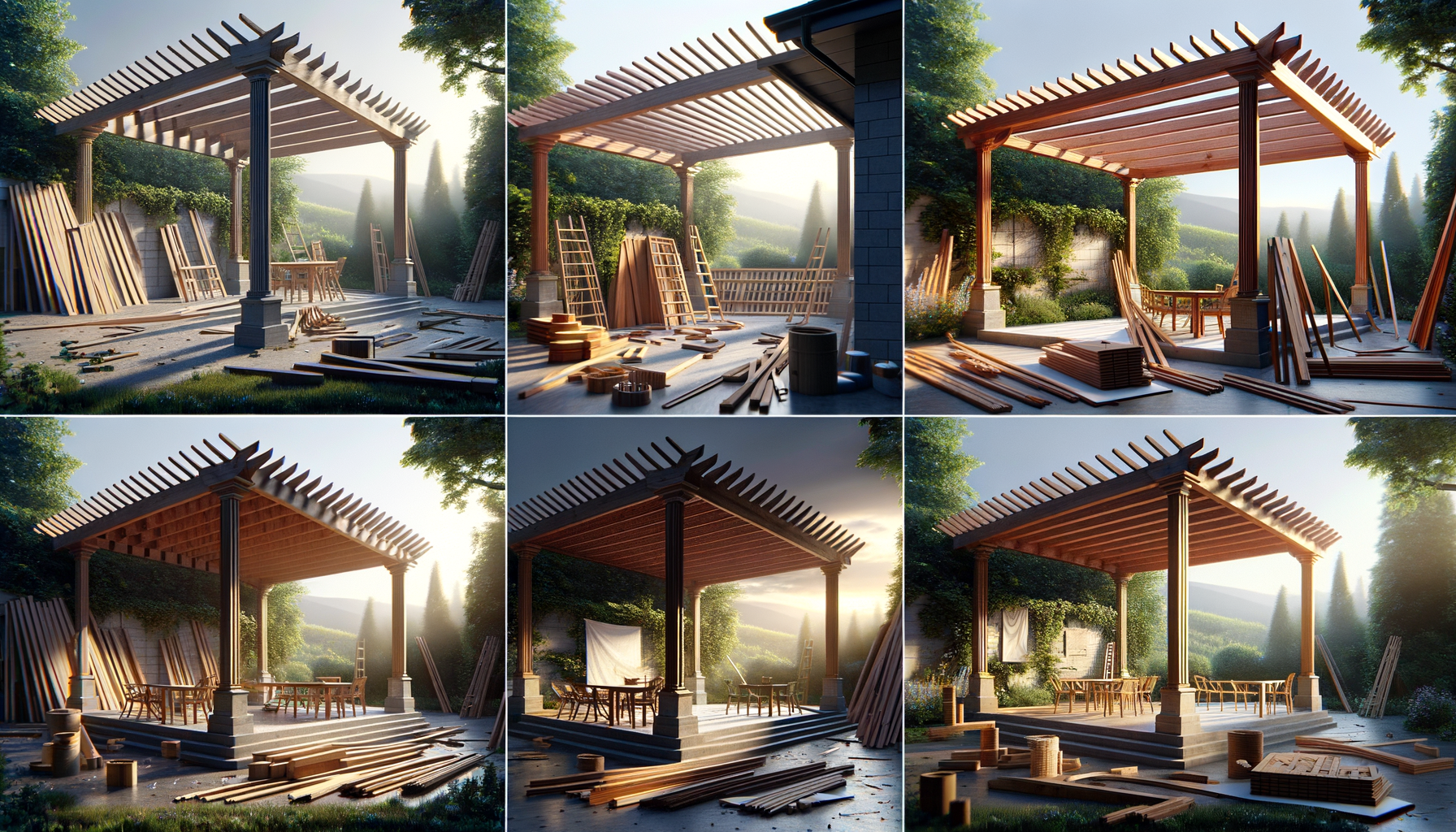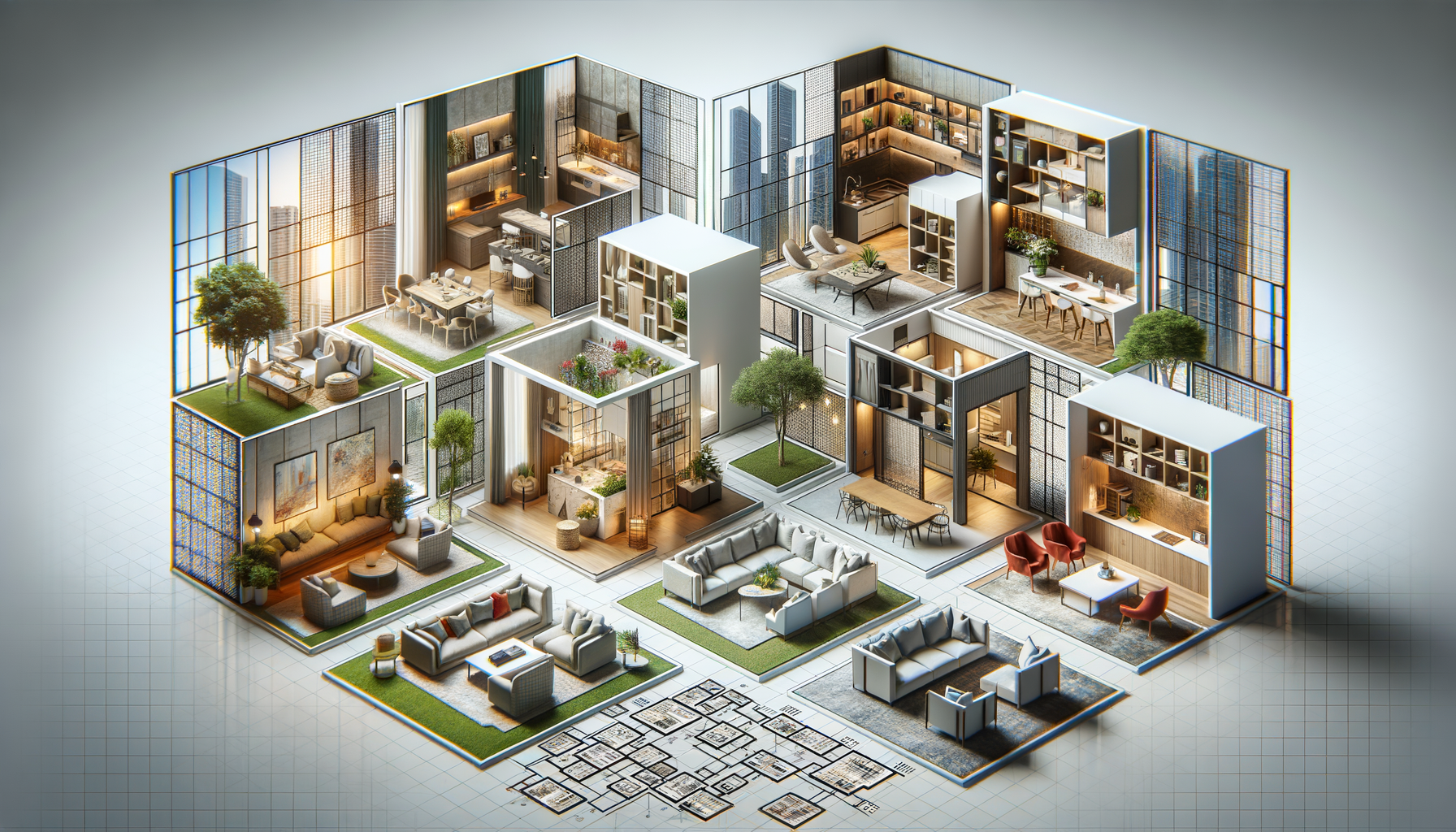Understanding the Outdoor Pergola
Outdoor pergolas are more than just a garden feature; they are a statement of style and functionality that enhances any backyard. These structures, typically consisting of vertical posts supporting cross-beams and an open lattice, can be a beautiful addition to any outdoor space. They provide a shaded walkway, passageway, or sitting area, adding both aesthetic appeal and practical function. The concept of the pergola dates back to ancient times, where they were used in gardens to support climbing plants. Today, they serve as a versatile element in landscape design, offering a space for relaxation and entertainment.
When considering an outdoor pergola, one must think about the materials and design. Common materials include wood, metal, and vinyl, each offering different benefits. Wood is often favored for its natural look and feel, but it requires regular maintenance to prevent weather damage. Metal pergolas, often made from aluminum or steel, offer durability and a modern aesthetic, while vinyl pergolas provide a low-maintenance option with a clean, polished appearance. The choice of material will largely depend on the climate, budget, and personal preference.
The design of a pergola can vary widely, from simple and traditional to elaborate and modern. Many homeowners opt for a design that complements their existing architecture or garden theme. Features such as retractable canopies or integrated lighting can further enhance the functionality and ambiance of the pergola. Ultimately, an outdoor pergola should reflect the homeowner’s personal style while providing a comfortable and inviting space.
Creating the Perfect Pergola Patio
Transforming a patio with a pergola is a popular trend among homeowners looking to enhance their outdoor living space. A pergola patio combines the open-air feel of a traditional patio with the added benefits of shade and structure provided by a pergola. This combination creates a versatile area that can be used for dining, lounging, or entertaining guests.
When designing a pergola patio, consider the layout and size of the space. The pergola should be proportionate to the patio and the surrounding environment. It’s important to ensure that the structure does not overwhelm the space or obstruct views. Additionally, the orientation of the pergola can influence the amount of shade it provides throughout the day. For example, a north-south orientation will offer consistent shade, while an east-west orientation may provide varying levels of shade depending on the time of day.
Incorporating additional features can further enhance the functionality of a pergola patio. Adding climbing plants, such as wisteria or grapevines, can create a natural canopy that provides additional shade and aesthetic appeal. Installing outdoor lighting can extend the use of the patio into the evening, creating a cozy and inviting atmosphere. Furniture and decor should be selected to complement the style of the pergola and patio, ensuring a cohesive and harmonious look.
Exploring Pergolas for Sale
For those looking to purchase a pergola, there is a wide range of options available on the market. Pergolas for sale come in various styles, sizes, and materials, catering to different tastes and budgets. Whether you’re seeking a ready-made pergola kit or a custom-built structure, there are several factors to consider before making a purchase.
One of the first considerations is the material of the pergola. As mentioned earlier, wood, metal, and vinyl are common choices, each with its own advantages. Wood pergolas are often praised for their classic appearance and ability to blend with natural surroundings, but they require regular maintenance. Metal pergolas, on the other hand, offer a sleek, modern look and are generally more durable. Vinyl pergolas provide a low-maintenance option with a clean finish, making them an attractive choice for many homeowners.
Another important factor is the size of the pergola. It’s essential to measure the intended space accurately to ensure the pergola will fit comfortably without overcrowding the area. Consider the height, width, and depth of the structure, as well as any additional features you may want to include, such as a retractable canopy or integrated seating.
When shopping for pergolas, it’s also worth considering the ease of installation. Some pergolas come as DIY kits with all the necessary components and instructions, making them a convenient option for those who enjoy hands-on projects. Alternatively, hiring a professional to install the pergola can ensure a precise and secure setup, particularly for larger or more complex designs.
Benefits of Adding a Pergola to Your Home
Adding a pergola to your home offers numerous benefits, both practical and aesthetic. One of the primary advantages is the creation of a defined outdoor space that can be used for a variety of purposes. Whether it’s a place to relax with a book, entertain guests, or enjoy a meal al fresco, a pergola provides a versatile area that enhances the functionality of your outdoor space.
Pergolas also offer the benefit of shade, making outdoor spaces more comfortable during hot weather. The open design allows for airflow, ensuring a cool and breezy environment. This makes pergolas an attractive option for homeowners in warmer climates who wish to enjoy their outdoor areas without being exposed to direct sunlight.
In addition to their practical benefits, pergolas can significantly enhance the aesthetic appeal of a home. They add architectural interest and can be customized to complement the style of the house and garden. Pergolas can also increase the value of a property, making them a worthwhile investment for homeowners looking to improve their outdoor living space.
Furthermore, pergolas can be personalized with various features and accessories. Adding plants, lighting, or outdoor furniture can create a unique and inviting atmosphere that reflects the homeowner’s personal style. This customization allows for endless possibilities in creating a space that is both functional and beautiful.
Maintaining Your Pergola for Longevity
To ensure the longevity of a pergola, regular maintenance is essential. The type of maintenance required will depend on the material of the pergola. Wooden pergolas, for example, need to be treated with sealant or paint to protect against weather damage and prevent rot. It’s important to inspect the structure regularly for signs of wear and tear, such as cracks or loose joints, and address any issues promptly.
Metal pergolas, while generally more durable, may require occasional cleaning to prevent rust and corrosion. Using a mild detergent and water to clean the surface can help maintain its appearance and extend its lifespan. Vinyl pergolas are relatively low-maintenance, needing only periodic cleaning to remove dirt and debris.
In addition to material-specific maintenance, all pergolas should be checked for stability and safety. Ensuring that the structure is securely anchored and free from any hazards is crucial for preventing accidents. Regularly checking for and removing any debris, such as fallen leaves or branches, can also help maintain the pergola’s appearance and functionality.
By investing time in regular maintenance, homeowners can enjoy their pergola for years to come. This not only preserves the beauty and functionality of the structure but also protects the investment made in enhancing the outdoor living space.




Leave a Reply